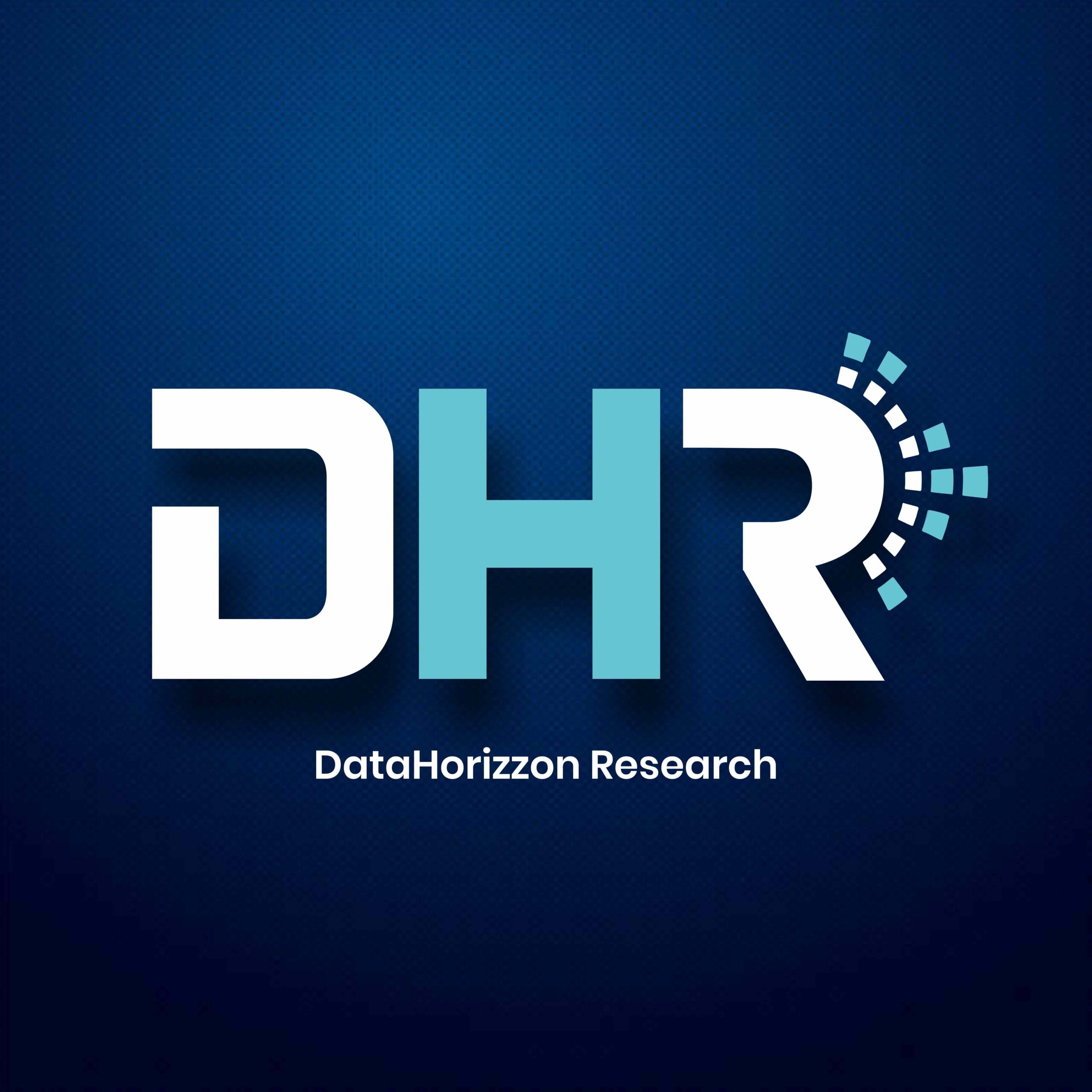The Role of Statistics in Empowering Businesses

Dr. Shweta Dixit Kadam
Associate Professor, NMIMS, Hyderabad
The traditional approach reliant on business acumen, experience, sometimes gut feelings, and limited data, has given way to a new era of decision-making powered by data and technology. The term ‘big data’ has become a buzzword in recent times- a cornerstone and steadily becoming an important pillar for today’s times, like oil. It is commonly mentioned that anyone having data today is the King. However, the data is generated in magnitude. It is imperative to get the right data and perform the analysis using the targeted tool. Analysing the outcome, having visualization tools to make it look simpler and then taking an appropriate decision encompasses the term data driven decision making. Therefore, data driven decision making can be defined as the process of taking a decision based on accurate information, analysed on the basis of organizational objectives and presented thus provide the aid to perform an informed decision.
Many people might argue that data cannot be the only way to make decisions. Having intuitiveness that would help in planning would enhance the decision-making process. Intuitiveness or gut feeling is derived out of two main factors that affect a human being- sociological and psychological factor. Having an experience in a particular field does not guarantee a right decision most of the time, it could also be fatal for an organization if the current environment is not considered. Intuitiveness backed with substantial data could be a potentially fruitful combination for the growth of an organization since data removes any biases that would occur during decision making thus making a robust approach.
The process of this data driven approach is backed by strong statistical tools. In current times there are tools which are free over the internet for download, along with the statistical packages that can enhance the analytical outcome of the data. Data scientists are required to understand if the data collected is clean, which is the starting point for any statistical decision-making. A simple example to understand the scope of data driven decision making can be a life and death situation: Mission Impossible Death Reckoning, how Tom Cruise did the most amazing shot over the cliff without a stunt double is a testimony to how data can be used to even plan a movie shot from the angle at which the bike has to take the upward trajectory, to the speed of the bike. This involves a lot of data churning, simulations which help in making to a final decision and to make sure that nothing untoward should happen. Similarly, organisations use statistical tools to churn this data which gives them an insight into the latest trends in the world.
The Role of AI and ML: A Double-Edged Sword
Artificial Intelligence (AI) and Machine Learning
(ML) have emerged as game-changers in the field of data analysis. They excel at processing vast datasets, uncovering patterns, and making astute predictions. Though revolutionising, AI and ML are not a one-size-fit-all solution. They require high-quality, well-cleaned data as their raw material. Moreover, they lack human intuition—the ability to understand context, interpret results, and make judgment calls. To make the most of these tools, we must strike a balance between data-driven insights and human expertise.
The Critical Role of Data Governance and Risk Management
As data takes Center stage, it brings along the need for responsible stewardship. Data governance ensures data accuracy, integrity, and security. Unregulated data usage can result in compliance issues, reputational damage, and even legal consequences. Hence, robust data governance practices are non-negotiable. It’s our duty to protect sensitive information, respect privacy, and comply with regulations.
Decision has been the core of human civilization whether it is in the personal or professional realm. Humans have evolved with a strong intuitive decision-making ability. Today, taking an informed decision is the key in any walk of life as there has been a noticeable shift towards a more analytical and data-driven approach. This transition is not merely a trend but a strategic imperative for businesses seeking to thrive in today’s competitive market environment. Data driven decision making is what drives business decisions and is going to do so in the future.
To sum it up, while the human civilization has long relied on intuitive decision-making, the contemporary landscape demands a more analytical and data-driven approach. This transition is not merely a passing trend but a strategic imperative for businesses aiming to thrive in today’s competitive market environment. Data-driven decision-making is, and will continue to be, the cornerstone of business success.
`w



